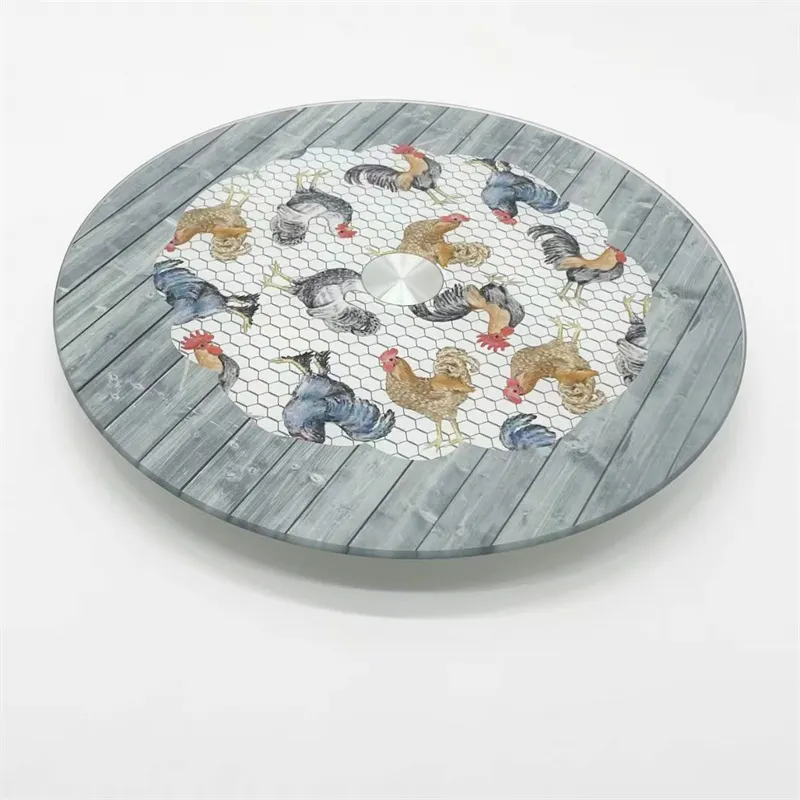Dec . 10, 2024 15:21 Back to list
Premium Durable Tempered Glass for Enhanced Safety and Style in Your Spaces
The Benefits and Applications of High-Quality Tempered Glass
Tempered glass, also known as toughened glass, is a type of safety glass that has been treated with heat or chemicals to increase its strength compared to normal glass. The process involves heating the glass to a high temperature and then rapidly cooling it, which alters its internal structure and enhances its durability. High-quality tempered glass offers numerous advantages and applications, making it a popular choice in various industries.
One of the most significant benefits of high-quality tempered glass is its enhanced strength. It is approximately five to six times stronger than standard glass of the same thickness. This increased strength makes it resistant to impact and thermal stress, ensuring it can withstand harsh conditions. This property is crucial in environments where safety is a concern, such as in buildings, vehicles, and high-rise structures. In the event of breakage, tempered glass shatters into small, blunt pieces rather than sharp shards, reducing the risk of injury.
The Benefits and Applications of High-Quality Tempered Glass
In addition to its strength and thermal properties, tempered glass is also aesthetically appealing. It can be manufactured in various colors and finishes, including frosted, tinted, and etched designs. This versatility makes it a favorite among architects and designers who want to create visually stunning spaces while ensuring safety and durability. From modern skyscrapers to residential homes, high-quality tempered glass can elevate the design and functionality of any structure.
high quality tempered glass

The use of high-quality tempered glass is prevalent in a variety of applications. In the construction industry, it is commonly used for windows, facades, and glass doors due to its strength and insulating properties. This not only enhances the building’s appearance but also improves energy efficiency. Moreover, its safety features make it an essential choice for areas with high foot traffic, such as shopping centers, offices, and public buildings.
In the automotive industry, tempered glass is used for side and rear windows, offering both safety and clarity. The robustness of tempered glass can withstand the forces of a collision, protecting the occupants of the vehicle. Furthermore, its resistance to UV radiation helps in reducing interior fading and protects passengers from harmful sun exposure.
Homeowners also benefit from high-quality tempered glass in their interior design. Shower doors made from tempered glass provide a sleek and modern look while being durable and easy to clean. Glass railings made from tempered glass offer unobstructed views and a stylish touch to balconies and staircases while maintaining safety.
In summary, high-quality tempered glass is a remarkable material that combines strength, thermal resistance, and aesthetic appeal. Its diverse applications in construction, automotive, and interior design showcase its versatility and safety features. As demand for durable and stylish building materials continues to rise, high-quality tempered glass will undoubtedly play an essential role in shaping the architecture of the future. Whether in residential or commercial settings, its benefits are undeniable, making it a top choice for designers, builders, and homeowners alike.
-
Safety and Style with Premium Laminated Glass Solutions
NewsJun.24,2025
-
Reinvents Security with Premium Wired Glass
NewsJun.24,2025
-
Premium Float Glass Line for Modern Architecture
NewsJun.24,2025
-
Low Emissivity Glass for Energy-Efficient Architecture
NewsJun.24,2025
-
High-Performance Insulated Glass Solutions for Modern Architecture
NewsJun.24,2025
-
Elevates Interior Style with Premium Silver Mirror
NewsJun.24,2025
Related PRODUCTS














